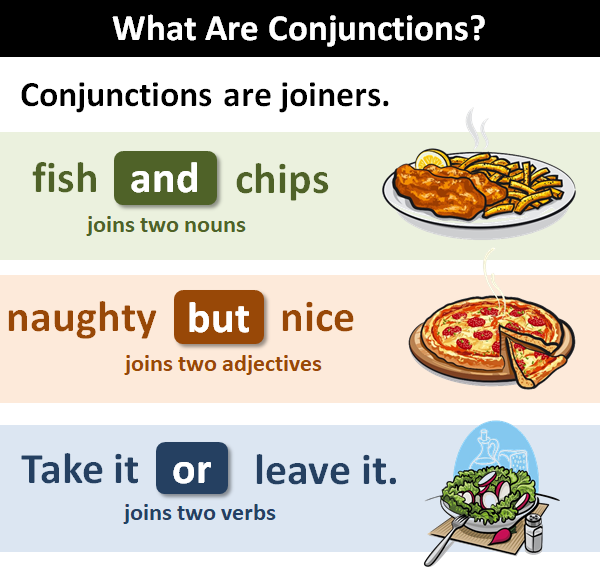Conjunctions are an important part of grammar as they are used to connect words, phrases, and clauses in a sentence. They help to make the sentence more coherent and provide a smooth flow of ideas. There are different types of conjunctions such as coordinating conjunctions, subordinating conjunctions, and correlative conjunctions.
Coordinating conjunctions are used to connect words, phrases, or clauses that are equal in importance. Some examples of coordinating conjunctions include “and”, “but”, “or”, “nor”, “for”, “so”, and “yet”. These conjunctions are used to join two independent clauses or to connect words within a sentence.
Examples of Conjunctions:
Subordinating conjunctions are used to connect an independent clause with a dependent clause. Some examples of subordinating conjunctions include “although”, “because”, “while”, “since”, “if”, “when”, “unless”, and “until”. These conjunctions are used to show the relationship between the two clauses and to indicate the order of events.
Correlative conjunctions are used in pairs to connect words, phrases, or clauses. Some examples of correlative conjunctions include “either…or”, “neither…nor”, “both…and”, “not only…but also”, and “whether…or”. These conjunctions are used to show the relationship between the elements they connect.
Conjunctions play a crucial role in forming complex sentences and making the text more coherent. They help to establish relationships between different parts of a sentence and provide a smooth transition from one idea to another. By using conjunctions effectively, writers can create well-structured and cohesive pieces of writing.
In conclusion, conjunctions are essential elements in grammar that help to connect words, phrases, and clauses in a sentence. Whether it is coordinating, subordinating, or correlative conjunctions, each type serves a specific purpose in forming a complete and meaningful sentence. By understanding and using conjunctions correctly, writers can enhance the clarity and readability of their writing.
